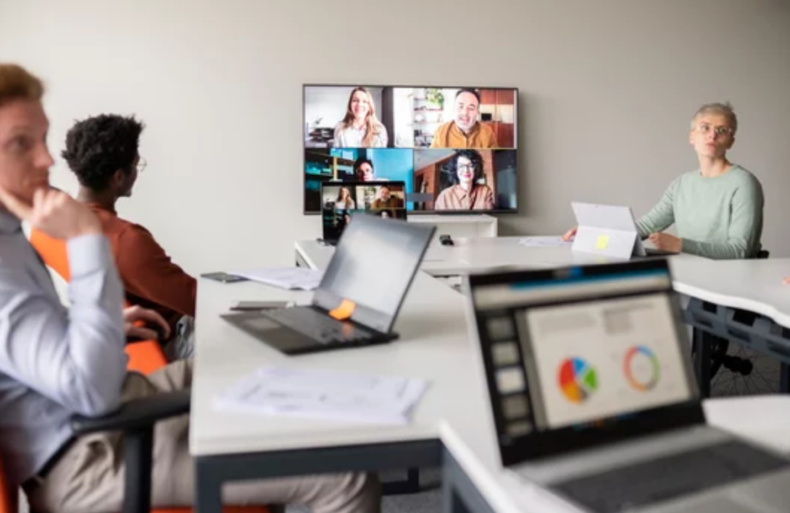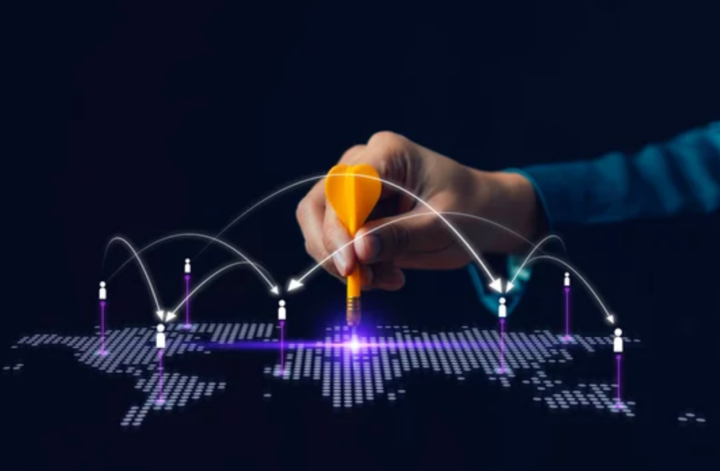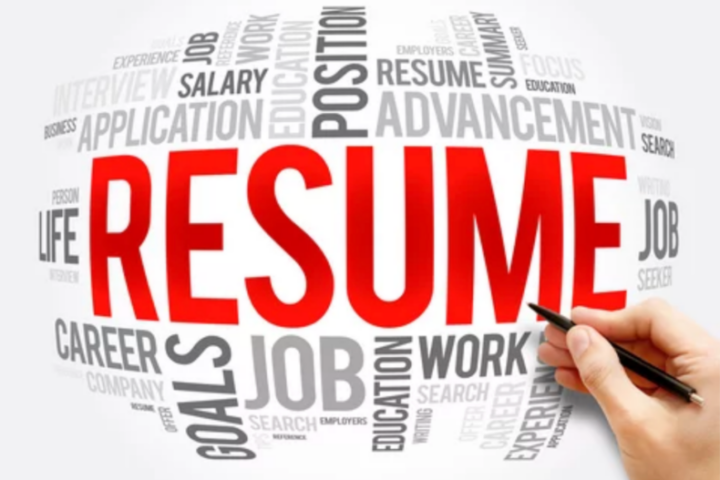In the ever-evolving landscape of work, 2025 promises to be a pivotal year. As businesses adapt to a post-pandemic reality, economic shifts, and rapid technological advancements, the way we work continues to transform at a breathtaking pace. The convergence of these factors has created an inflection point where innovation, resilience, and adaptability are no longer optional but essential for survival and success. Companies and workers alike are navigating a complex web of challenges—from the integration of artificial intelligence (AI) and automation to the shifting expectations of a workforce that values flexibility, equity, and purpose.
What makes this moment in history particularly unique is the rapid pace of technological advancements that are redefining traditional boundaries. AI is no longer just a buzzword; it’s a transformative force reshaping industries, from healthcare to retail. Simultaneously, the global workforce is recalibrating its priorities, emphasizing mental health, work-life balance, and sustainability. These shifts are not occurring in isolation. They are interwoven with macroeconomic pressures, such as inflation and global supply chain disruptions, which compel organizations to rethink how they operate and deliver value.
Furthermore, demographic changes are playing a critical role in shaping the future of work. With younger generations entering the workforce and older generations delaying retirement, workplaces are becoming more multigenerational than ever. This diversity brings both opportunities and challenges, as organizations strive to create environments that cater to varying needs and expectations. The blending of digital natives with more experienced workers is fostering a rich exchange of ideas, but it also demands new approaches to communication, collaboration, and leadership.
Understanding these changes isn’t just a matter of curiosity; it’s essential for organizations and individuals aiming to stay competitive. As we move into 2025, the future of work is being written in real time, and those who fail to adapt risk being left behind. Here are the most significant trends shaping the future of work in 2025.
-
Hybrid Work Becomes the Norm

The hybrid work model is no longer a trend; it’s a standard. Surveys indicate that employees value flexibility, with many unwilling to return to a five-day office workweek. Companies that resist this shift risk losing top talent to competitors offering more adaptive policies. However, the hybrid model brings challenges, such as maintaining team cohesion and ensuring equitable opportunities for remote and in-office employees.
To address these concerns, forward-thinking organizations are investing in technology that enhances virtual collaboration and inclusivity. For example, advances in virtual reality (VR) and augmented reality (AR) are making remote meetings more immersive, helping to bridge the gap between physical and digital workplaces. Additionally, AI-driven scheduling tools are optimizing hybrid workflows, ensuring that teams maximize productivity while respecting personal boundaries.
Organizations are also experimenting with "team days," where employees synchronize their in-office schedules for collaborative tasks, leaving independent work for remote days. This hybrid evolution not only enhances productivity but also addresses the social and collaborative aspects of work often lost in remote setups.
-
AI and Automation Revolutionize Roles
Artificial intelligence (AI) and automation continue to disrupt traditional job roles, with profound implications for the labor market. In 2025, we’ll see these technologies not only replacing routine tasks but also augmenting human capabilities in creative and analytical roles. AI tools, such as ChatGPT and MidJourney, are already transforming industries like marketing, customer service, and design.
However, this shift raises critical questions about upskilling and reskilling. Governments, educational institutions, and corporations will need to collaborate to equip the workforce with the skills needed to thrive in an AI-driven economy. Ethical considerations, including algorithmic bias and job displacement, will also remain at the forefront of discussions about AI’s role in the workplace.
Organizations are increasingly creating AI literacy programs, ensuring employees understand how to use these tools ethically and effectively. Some companies are even embedding AI-specific roles, such as "AI ethicists" or "automation strategists," into their corporate structures to manage this transformation responsibly.
- The Rise of the Four-Day Workweek
Experiments with the four-day workweek have shown promising results, including increased productivity, improved employee well-being, and lower burnout rates. In 2025, more companies are expected to adopt this model, either permanently or as a trial.
Critics argue that compressed work schedules may not suit all industries, particularly those requiring 24/7 operations. Yet, proponents point to case studies where businesses have maintained output levels while reducing hours. The success of the four-day workweek will likely depend on organizational culture, leadership, and the ability to optimize workflows.
For companies embracing this model, task prioritization and automation are key. Software that tracks workflows and highlights inefficiencies can make a four-day workweek not only feasible but also a competitive advantage. This change also emphasizes the importance of leadership training, as managers must learn to focus on outcomes rather than hours worked.
- Employee Well-Being Takes Center Stage
-

The global focus on mental health and well-being is reshaping workplace priorities. Burnout, once dismissed as an inevitable side effect of ambition, is now recognized as a significant barrier to productivity and employee retention. Organizations in 2025 are prioritizing holistic wellness initiatives, including mental health resources, flexible working conditions, and programs promoting work-life balance.
Companies are also exploring innovative benefits, such as unlimited vacation policies, mental health days, and access to wellness apps. The emphasis on well-being is not just a moral imperative; it’s a business strategy. Healthier employees are more engaged, creative, and loyal.
In addition to these strategies, workplaces are leveraging technology to monitor and support employee well-being. Wearable devices that track stress levels, for example, are being integrated into wellness programs, providing real-time feedback and actionable insights for both employees and managers.
-
Sustainability Becomes a Workplace Priority
As the climate crisis intensifies, businesses are under pressure to adopt sustainable practices—and this extends to workplace policies. From energy-efficient office spaces to remote work options that reduce commuting emissions, sustainability is becoming a key factor in how companies structure their operations.
In 2025, job seekers are increasingly prioritizing employers that align with their values. Organizations demonstrating a genuine commitment to environmental, social, and governance (ESG) goals will have a competitive edge in attracting and retaining talent.
Sustainability in the workplace also includes promoting a circular economy. Companies are adopting practices such as refurbishing old equipment instead of discarding it and encouraging employees to participate in company-wide recycling initiatives. These steps not only reduce the environmental footprint but also foster a sense of purpose among employees.
-
Generative AI Changes Collaboration
Generative AI, which creates content ranging from text to images, is redefining collaboration. Tools like DALL-E and ChatGPT empower teams to brainstorm, draft, and iterate more efficiently. These technologies are enabling new forms of creativity and productivity, particularly in industries like advertising, media, and software development.
However, generative AI also challenges traditional notions of authorship and originality. As these tools become integral to workflows, businesses must navigate intellectual property concerns and establish clear guidelines for their use.
One exciting development is the use of generative AI in prototyping. Designers and engineers are leveraging AI to create rapid prototypes, significantly cutting down development time. This trend underscores the importance of integrating AI seamlessly into collaborative processes to amplify innovation.
-
Skills-Based Hiring Gains Traction
The traditional emphasis on degrees and credentials is giving way to skills-based hiring. Companies are increasingly valuing practical expertise over formal qualifications, a trend accelerated by the proliferation of online learning platforms and certifications.
In 2025, expect to see more organizations adopting skills-based assessments in their recruitment processes. This shift opens doors for a more diverse talent pool, including individuals from non-traditional educational backgrounds. For job seekers, building and showcasing specific skill sets will become essential.
Digital portfolios and online assessments are becoming standard tools in the recruitment process. Platforms like LinkedIn are integrating features that allow candidates to highlight verified skills, making it easier for employers to identify top talent. This trend is democratizing opportunities and fostering inclusivity in hiring practices.
-
Diversity, Equity, and Inclusion (DEI) Are Redefined

DEI initiatives are evolving in response to a more complex understanding of intersectionality and inclusivity. Beyond hiring metrics, companies are examining how inclusive practices are embedded in their culture, leadership, and decision-making processes.
Innovations in DEI include using data analytics to identify and address inequities, leveraging employee resource groups to foster belonging, and implementing mentorship programs for underrepresented groups. In 2025, organizations that prioritize authentic, measurable progress in DEI will stand out in a competitive marketplace.
Additionally, companies are adopting transparency in DEI metrics, publishing annual reports that highlight both achievements and areas for improvement. This accountability fosters trust and drives meaningful change within organizations.
-
The Gig Economy Expands Further
The gig economy continues to grow, fueled by platforms that connect freelancers with global clients. In 2025, we’ll see an increase in gig roles, not just in traditional sectors like ridesharing and delivery services but also in high-skilled areas like software development, consulting, and creative industries.
This trend offers flexibility for workers but also raises concerns about job security and benefits. Governments and companies will need to adapt policies to ensure fair treatment and protection for gig workers while embracing the flexibility and innovation this model provides.
One emerging trend is the rise of "portfolio careers," where professionals blend gig work with traditional employment or entrepreneurship. This approach allows workers to diversify income streams and gain greater control over their careers, signaling a shift in how success is defined in the modern workplace.
-
Remote Work Tech Drives Innovation
The remote work revolution has spurred a wave of technological innovation, from advanced communication tools to secure cloud-based systems. In 2025, we’ll see further advancements aimed at improving remote work efficiency and security.
Emerging tools include AI-driven project management platforms, virtual coworking spaces, and enhanced cybersecurity measures tailored for decentralized teams. These technologies will play a crucial role in enabling seamless collaboration across time zones and geographies. Moreover, smart meeting platforms are using AI to summarize key points, track action items, and provide real-time language translation, further streamlining global communication.
Asynchronous communication is also gaining traction, with tools that allow teams to collaborate effectively without requiring real-time interaction. These innovations not only enhance productivity but also support diverse work styles, making remote work more inclusive. Enhanced video conferencing features, such as virtual backgrounds that adapt to professional settings, and improved noise-canceling technology, are helping bridge the gap between home and office environments, ensuring a seamless transition for hybrid workers.

Conclusion: Adapting to a New Era
The future of work in 2025 is both challenging and full of opportunity. Organizations that embrace flexibility, prioritize employee well-being, and leverage technology effectively will be best positioned for success. For workers, staying ahead means continuous learning and adapting to new ways of working.
As we navigate these trends, one thing is clear: the future of work is a shared journey. By fostering innovation, inclusion, and resilience, we can create workplaces that not only drive economic growth but also enrich lives. The organizations and individuals that lead this transformation will shape a more equitable, sustainable, and prosperous future for all.
This shared journey also underscores the importance of adaptability in the face of uncertainty. The rapid pace of change demands that businesses and workers remain agile, embracing a mindset of lifelong learning and continuous improvement. For leaders, this means fostering environments where innovation is encouraged, collaboration is prioritized, and the unique strengths of each team member are valued.
Workers, too, must be proactive, seeking opportunities to upskill and stay relevant in a competitive job market. By taking ownership of their professional development, employees can navigate the evolving demands of their industries and contribute meaningfully to their organizations.
Moreover, the global nature of work in 2025 emphasizes the need for cross-cultural understanding and collaboration. As teams become increasingly diverse and geographically dispersed, building strong communication channels and cultivating mutual respect will be critical to success. The ability to work effectively across cultures and time zones will not only enhance productivity but also drive innovation through the integration of diverse perspectives.
Ultimately, the future of work is not just about surviving disruption; it’s about thriving in a dynamic, interconnected world. By embracing these changes with a forward-thinking approach, we can collectively build a work environment that empowers individuals, strengthens organizations, and contributes to a more inclusive and sustainable global economy.



